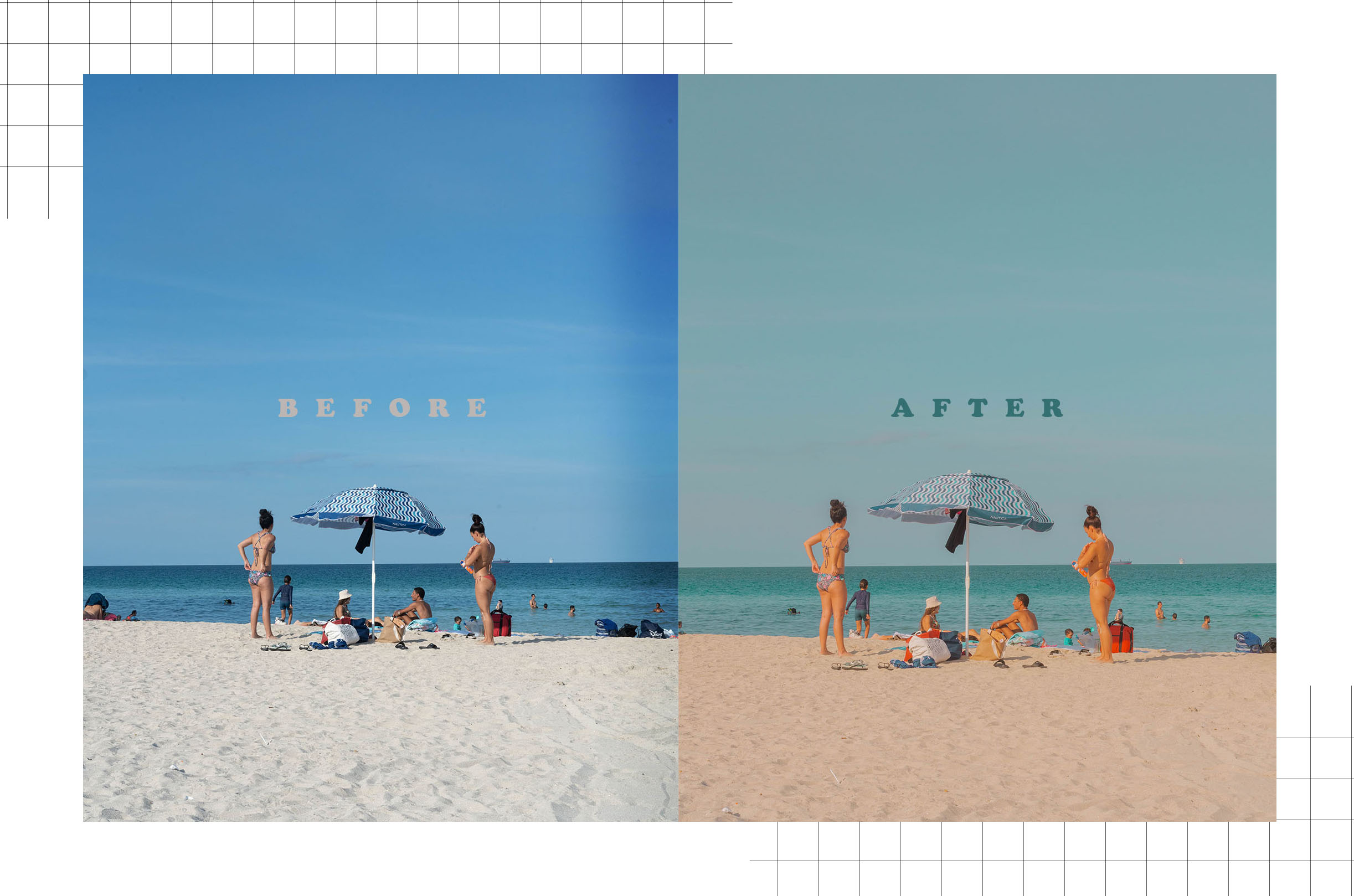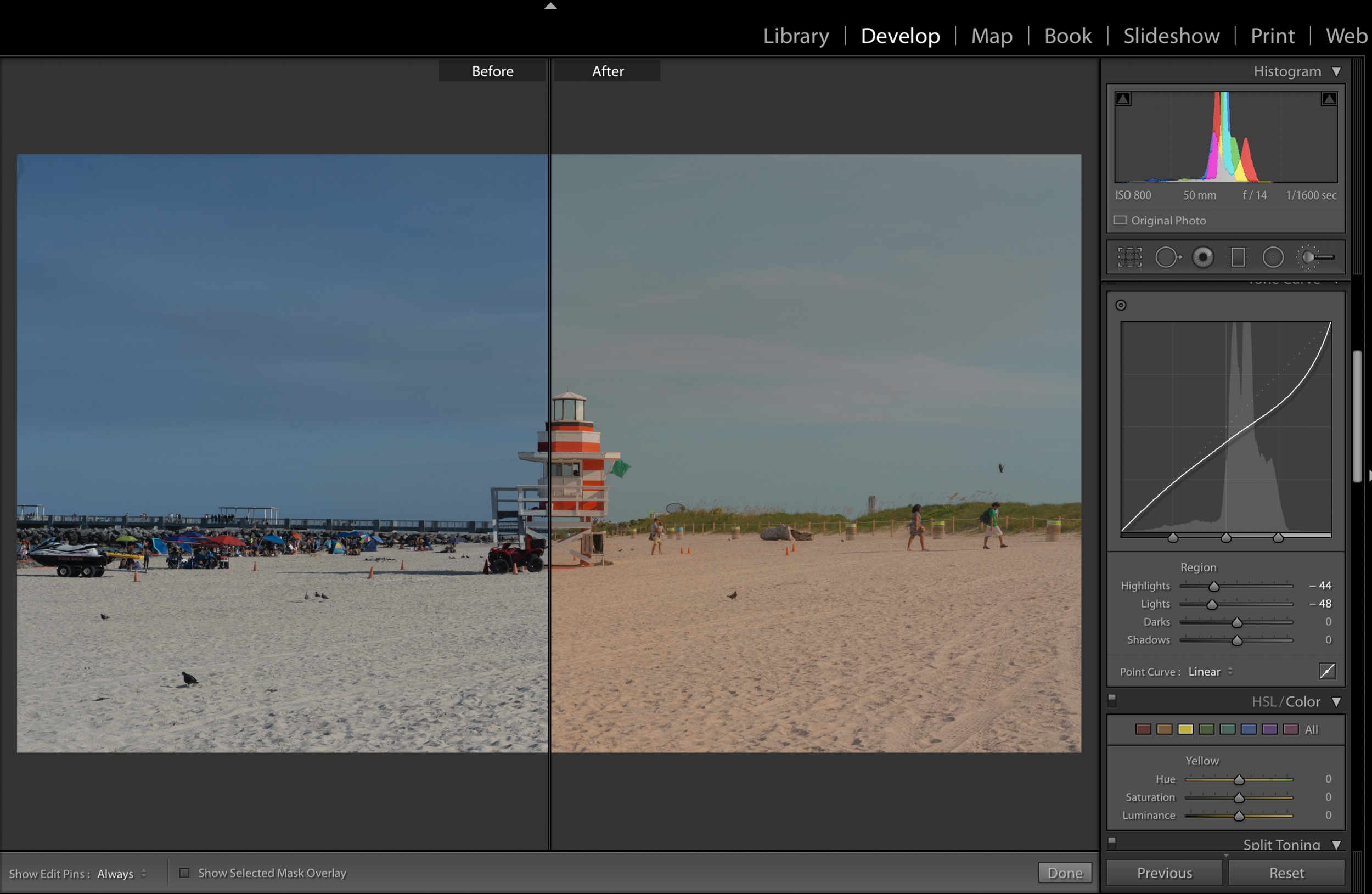Conceptual
The 3 essentials
M I N D S E T E X E R C I S E S F O R
CONCEPTUAL EDITING
M I N D T H E M I N D
…it starts with conceptual thinking
Conceptual editing is about visualizing a story. That tale you would tell your friend over coffee ☕️, but this time through the use of visual cues and techniques that leave a lasting emotional impact 👀.
By using color, composition, scale, you begin to tell a story.
“Ever felt that familiar feeling of not being able to express a moment with words?
”
What if
…we considered the feelings of a Photograph?
When I approach an edit I like to acknowledge the essence of the scene. What are the key emotions I want the viewer to walk away with? You can learn to approach editing in a conceptual fashion by practicing the next key mindset exercises:
1. First Impressions
You can begin by asking yourself “what were my first impressions of that moment?” Trust your gut. This can be a vulnerable process but one of the most valuable traits of a great Photographer. Were you shocked by the weather, the people? Did you feel at ease, on edge, inspired, intrigued? Collects those words while you photograph as you will be using them during your post-editing.
“I am more drawn to capturing the essence of a scene.
The event in which this results in the hypnosis of the viewer is but a happy accident.”
2. Time
Consider the history of the place you’re photographing. What did it look like 5 years, 10 years, 50 years ago 🕰 ? Taking this into account will help you make an educated guess of the culture that was responsible for shaping the image you are now witnessing.
This will guide your editing and give it a historical link. If you happen to be a local of the place you are capturing, more the reason to get to know the history of your city.
“Check out Miami in the 60’s!”
© Andy Sweet Photo Legacy. Courtesy of Kino Lorber.
T RA V E L I N G B A C K I N T I M E !
I applied the color values of greens, blues, and starchy greens using Adobe Lightroom on my image below to capture the essence of the 60’s in south beach.
3. Emotion
When you interpret a color hue, a saturation, a tone based on its emotional counterpart, you are editing conceptually. One can argue that your color selections aren’t necessarily arbitrary, after all they are likely to be the colors you relate to the most.
But when you also take into consideration the color palettes that are most suitable to the scene you are capturing you are integrating a stronger connection to a time and place that can evolve into a timeless and universal visual connection.
Consider the colors of happiness, serenity, boldness. Think about the color you visualized when these emotion were described. Color is a strong tool to have on your side, once you begin to understand its power as visual communicator.
S E R E N I T Y
I wanted to express a sense of calmness, stillness, peace of mind on the next images. I encourage you to treat each moment individually even if its revisiting the same location.
“Emotions run as deep as the hues of color on a spectrum. ”
P R A C T I C E
Exercise you mind.
Conceptual editing is an internal process and you will get better the more you get used connecting your photographs with your impressions, emotions, and historic knowledge. Continue to bring those elements back into the editing room and you will find yourself immersed in a new workflow of post processing.
- Enjoy.















